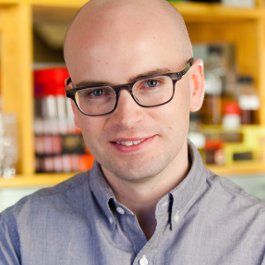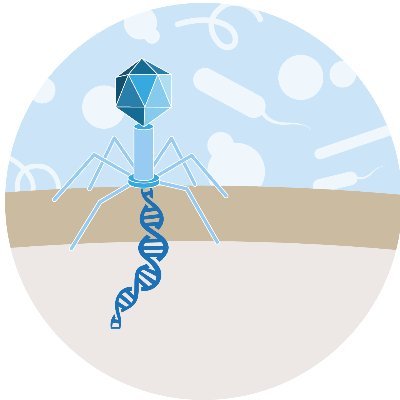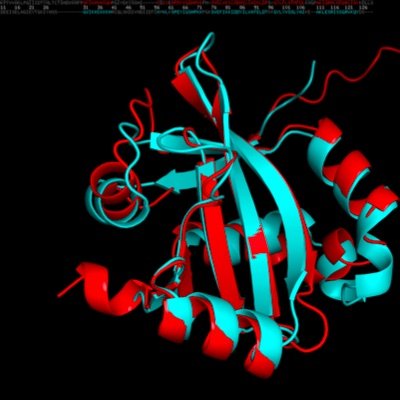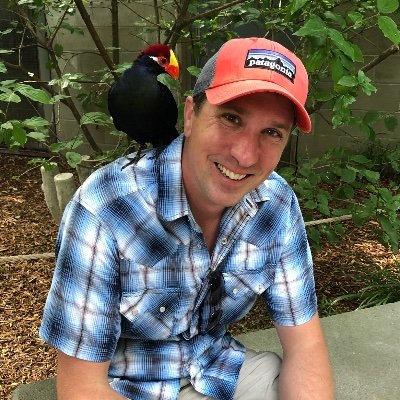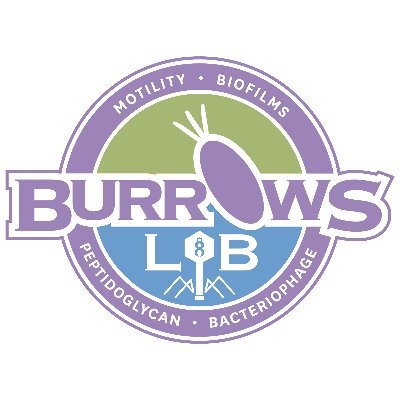
Sanika Vaidya
@sneakystaph
Followers
228
Following
2K
Media
28
Statuses
423
Postdoctoral Researcher in the Lewis lab, @Northeastern University #diggingfordrugs
Boston, MA
Joined May 2016
Exciting news! Our latest discovery of bacterial danger sensing is featured in TWiM episode 326! Huge thanks to @TWiMSchmidt, Prof. Michele Swanson, & Prof. Vincent Racaniello for their amazing insights. Listen here 🎧👇 #microbiology #biofilms #twim
https://t.co/teGrQSFeJB
asm.org
The discovery of microbial enzymes, PETases, that can degrade ubiquitous plastics, and how exogenous peptidoglycan is a danger signal to trigger biofilm formation.
0
0
2
New paper alert!!🎉🥁🚀🎉 Survival of the resistant: When Myxococcus xanthus dies, antibiotic-resistant microbes rise, even without drug exposure. Our manuscript is now online at @CurrentBiology 🚀📕📗 https://t.co/u9ZLAbf0DA
20
14
75
We found that many bacterial species use exogenous peptidoglycan fragments - released by lysis of neighboring cells - as a general danger signal, triggering a danger response that protects bacteria against many dangers: biofilm formation. Details👇: https://t.co/qWW3bk6NBN
nature.com
Nature Microbiology - Peptidoglycan released by neighbouring kin or non-kin cell lysis induces physiological changes that protect from a range of stresses, including phage predation.
OUT NOW: Bacteria use exogenous peptidoglycan as a danger signal to trigger biofilm formation @knutdrescher @sneakystaph @biozentrum
https://t.co/srnStUfhff
1
34
107
Kicking off the new year with my paper on danger sensing in bacteria! Discover how bacteria defend against phage attacks. Huge thanks to everyone who contributed! #biofilms #phage #dangersensing
OUT NOW: Bacteria use exogenous peptidoglycan as a danger signal to trigger biofilm formation @knutdrescher @sneakystaph @biozentrum
https://t.co/srnStUfhff
1
1
4
This is truly unique PhD programme: train in both RNA biology and infection biology. Fully funded position. Spread the word!
🚨 Open #PhD positions 🚨 The Helmholtz Institute Würzburg is looking for motivated PhD students who are interested in working at the interface of #RNA and #infection biology. Apply by December 10 at https://t.co/yLLsXcxDgG Learn more about our #graduate program in this thread 🧵
1
48
67
Our latest work, out today in @PLOSBiology suggests that not only do mammalian cells absorb bacteriophages, but they appear to use them as a resource to enhance growth! https://t.co/6oGAXcD4Jp This work was led by @marion_bichet and out on World Phage Week! #WorldPhageWeek
journals.plos.org
There is a growing appreciation that the direct interaction between bacteriophages and the mammalian host can facilitate diverse and unexplored symbioses; this study shows that mammalian cells...
7
81
279
Nature research paper: Bacteriophages suppress CRISPR–Cas immunity using RNA-based anti-CRISPRs
nature.com
Nature - In response to bacterial CRISPR–Cas immunity, phages and plasmids have evolved small non-coding RNA anti-CRISPRs, known as Racrs, that sequester Cas proteins in abberrant complexes...
3
81
305
Had a wonderful time at ICARe! Thanks to the organisers and all attendees for such a fabulous time and stimulating science.
0
0
1
Exciting to have our latest work out! We found 2 novel PET-degrading enzymes and show that increasing biofilm can increase degradation @McCarthy_Ronan @Nature_NPJ @BrunelResearch @RecoverBBI @NERCscience
https://t.co/LvPssu7ZCS
nature.com
npj Biofilms and Microbiomes - Modulating biofilm can potentiate activity of novel plastic-degrading enzymes
0
3
18
Knut Drescher explaining how bacteria use exogenous peptidoglycan as a danger signal to trigger protective biofilm formation. @knutdrescher
0
8
32
What a great experience to present at #ASMicrobe !
2
2
35
So glad to be attending ASM Microbe! Come by room 342 on 06/17 at 3 pm to hear about bacteria sense danger to fight off phages! #ASMicrobe
2
6
78
😳 Bacterial spore germination receptors are nutrient-gated ion channels: 👇🏿👇🏿👇🏿 https://t.co/K2lAodvln7
science.org
A class of ligand-gated ion channels release cations in response to nutrients to initiate exit from spore dormancy.
1
19
59
Prepping for a class session on the Lac operon in Molecular Biology and it prompts my yearly reminder to you all that what we were taught about the actual substrate of the Lac operon is almost certainly wrong...1
19
231
983
I think it's our first paper that was published on Christmas Eve! Maybe it's because of Giovanni's @G_Scarinci images that look like Christmas decoration. https://t.co/MKkV0xfKhX
4
11
45
Mathias supervised my BSc and MSc projects, and I can vouch for him and his lab; It’s a great place! So if you interested in phages I would strongly recommend that you apply for this position :)
A new PhD position in "Bacteriophage-pathogen interactions" is now open at Marine Biological Section, University of Copenhagen: https://t.co/zW4jbWowuT
0
2
6
Robust fluorescent proteins for high-resolution microscopy and biochemical techniques | Nature Methods
0
29
116



